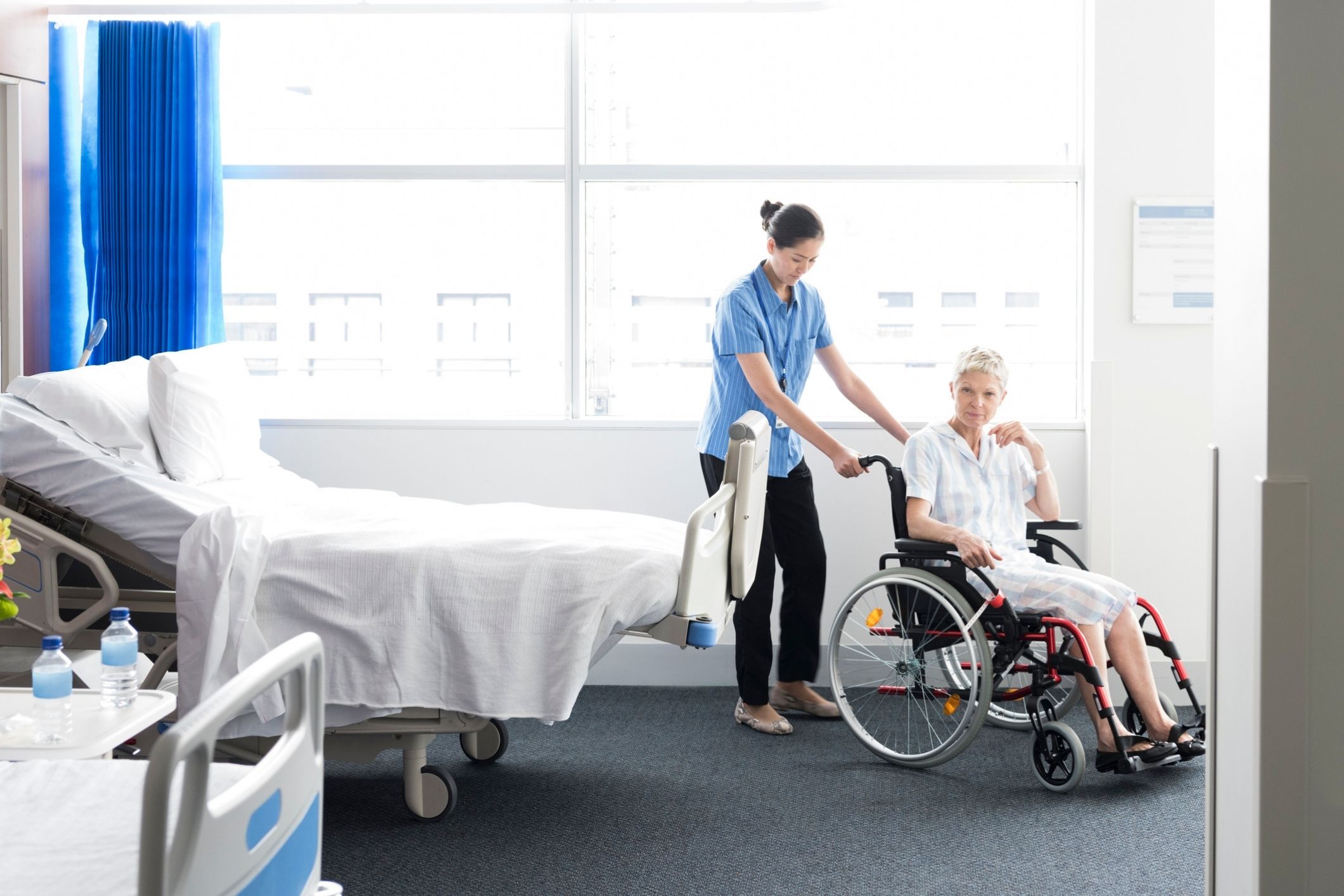
Beginning Tuesday this week, two aged care residents from the hospitals will move to the aged care home. An additional two residents will be moved every week until all have been transferred.
It’s expected that all patients will have been moved by Christmas, according to reports in the NT News.
According to the report, NT Health will provide additional staff required at the aged care facility to assist with the move.
Health Minister Natasha Fyles told NT News the territory government is working with the federal government to alleviate capacity pressures on the two hospitals.
Royal Darwin and Palmerston Regional hospitals have been the object of complaints about stretched capacity all year.
Last week, the NT government called its fourth ‘code yellow’ emergency this year at Royal Darwin Hospital, signalling the hospital had reached capacity.
Code yellows also occurred at the beginning of September, in August and in February.
NT hospitals have been suffering from staff shortages due to workers transferring to COVID-19 care and vaccination centres.
Border closures have also contributed to hospital staff shortages.
Royal Darwin and Palmerston Regional hospitals had a combined 50 aged care patients, compounding the already heavy pressures on the NT health system.
It’s hoped that moving 21 aged care hospital patients to aged care homes will free up enough beds to alleviate some of the pressure on the NT hospital system.
While this sounds good and sensible in theory, I have some concerns.
Will the level of care provided in an aged care facility match that provided/needed in the general hospitals? If so why were they still in general hospitals and not transferred earlier?
Have the patients/carers given full and free consent?
How long will the additional staff remain at the aged care facility?
In my experience, beds at the general hospitals will just fill again unless community medical and nursing services are significantly enhanced and measures taken to reduce the need for hospital admissions.
Presumably these patients have been perceived as just “bed-blockers”. Is this a fact or ageism?
I am on the Board of an aged care facility in NSW. We had a contract with the local public hospital to take some long term hospital residents into our facility over the course of several months. This usually came about because the patient and/or their families had not got around to making a decision about which Aged Care organisation they would choose (and had therefore not taken on the costs of doing so either.)
We firmly believe we actually delivered better care than the hospital could provide because we focus on ensuring people are assisted with meals when needed and are provided with more opportunities to make friends and be active, and we have several RNs 24/7 and a Nurse Practitioner.
Unfortunately the funding ran out for this initiative.